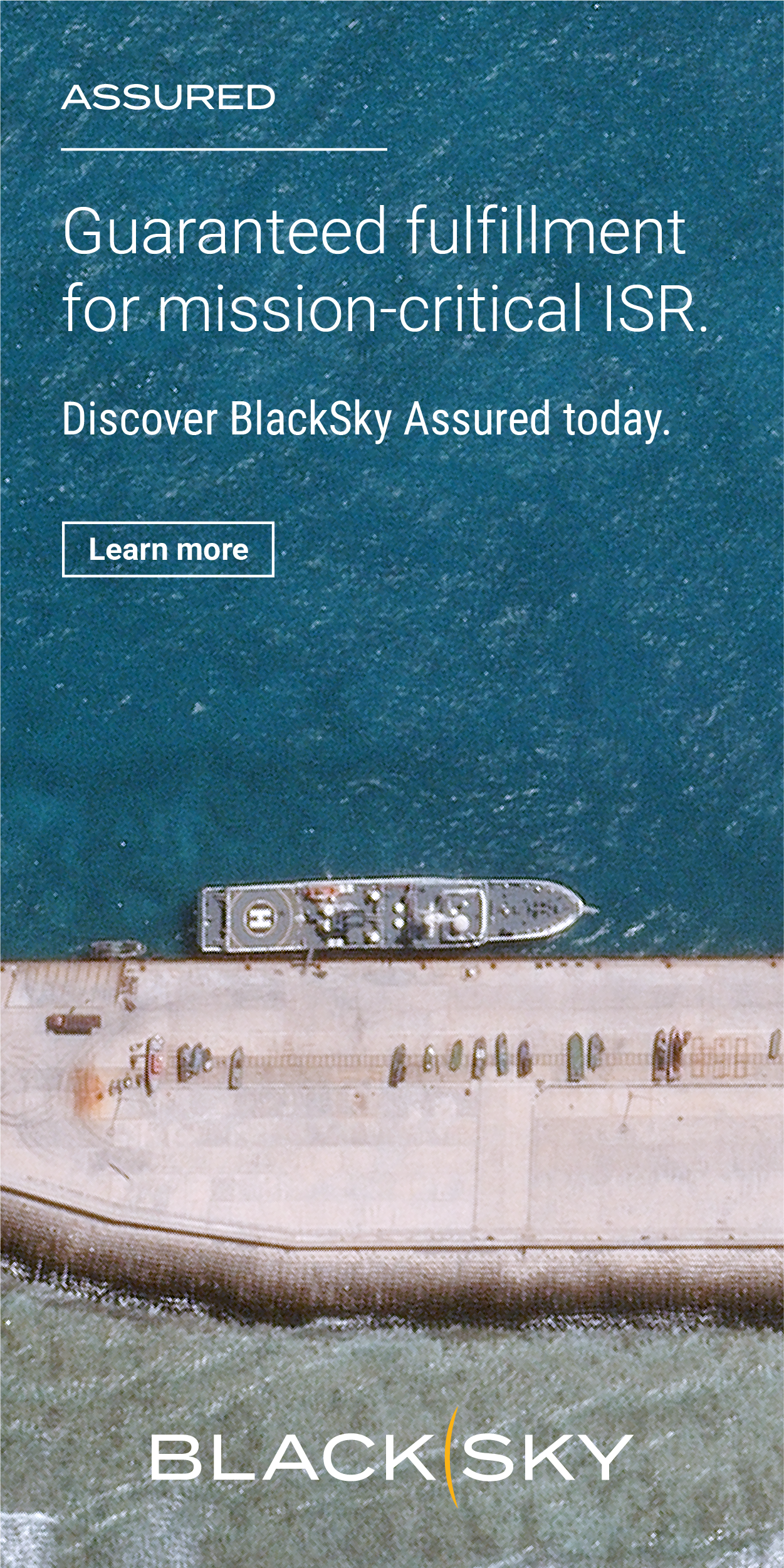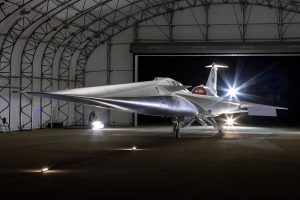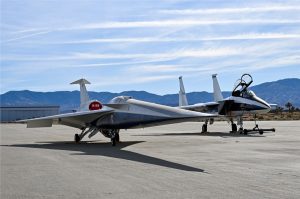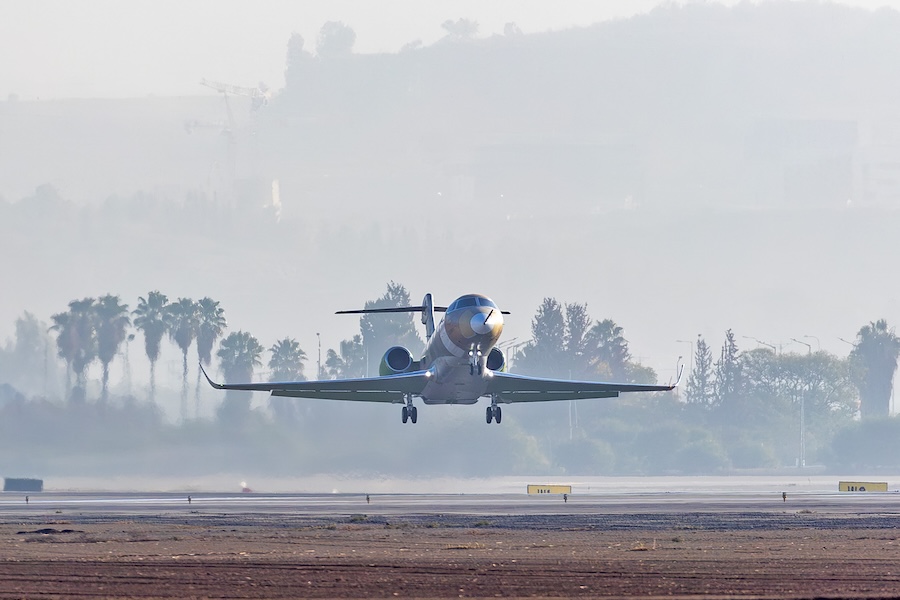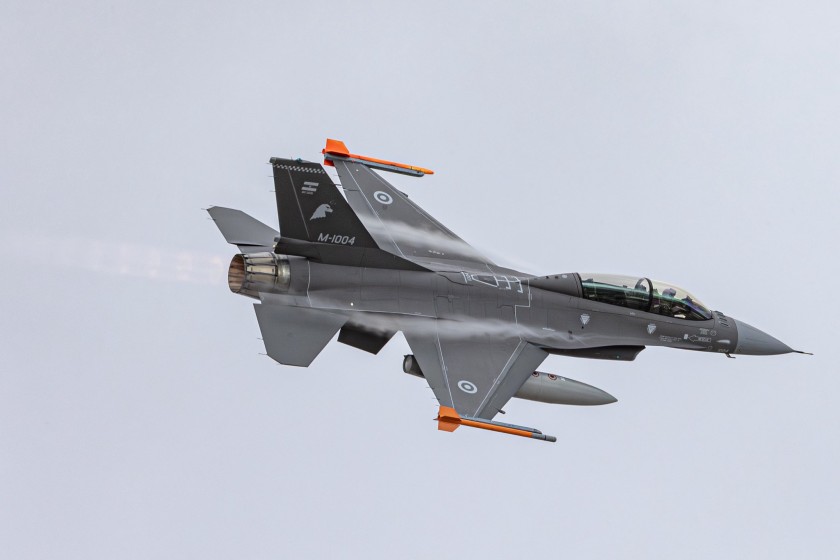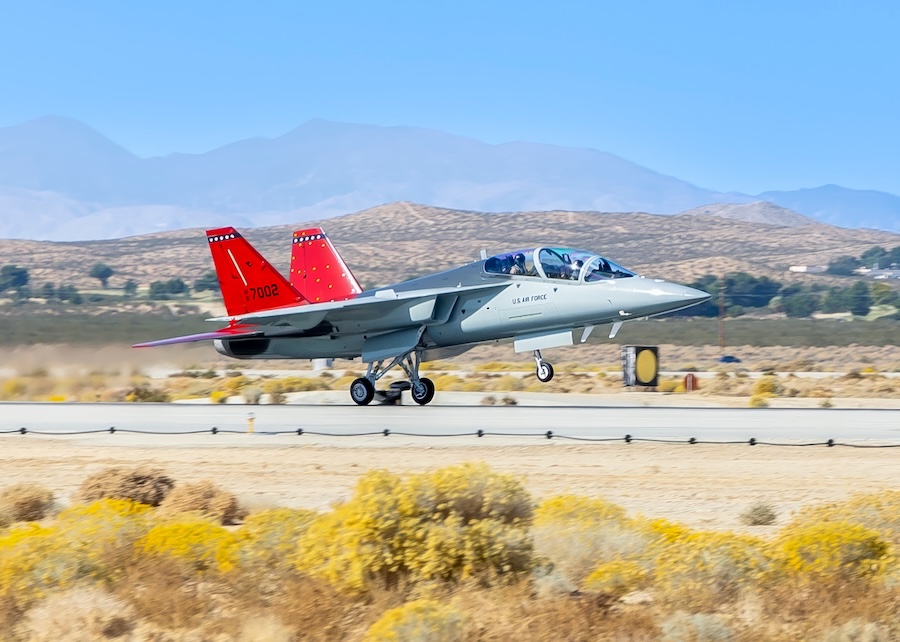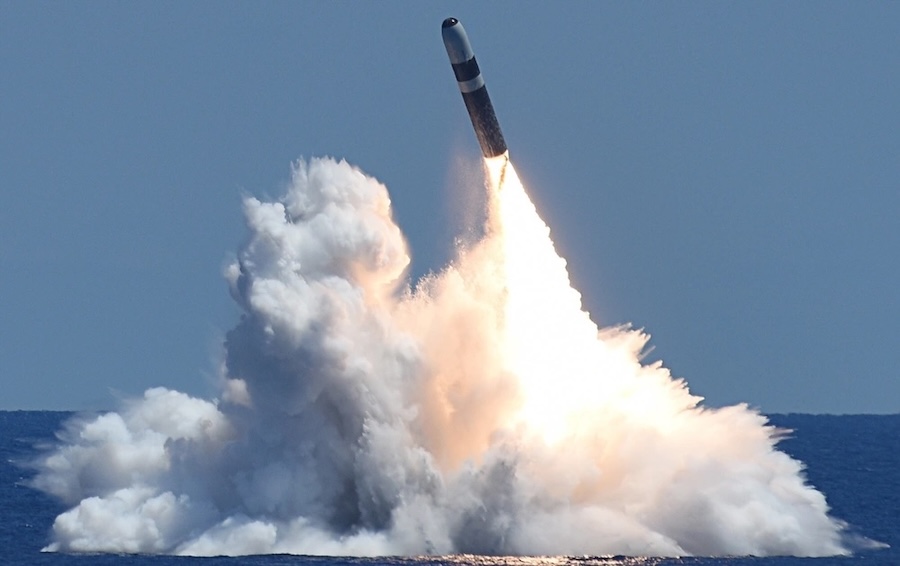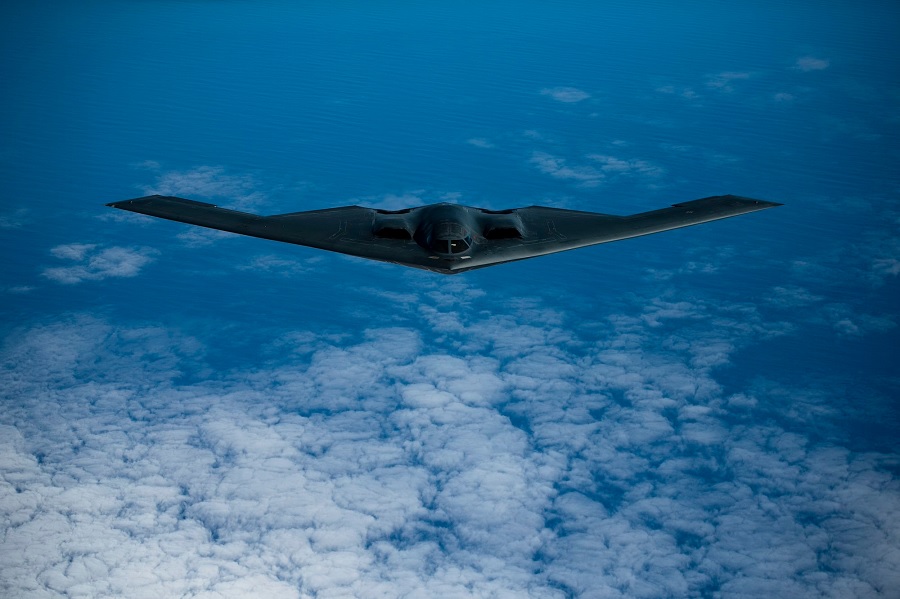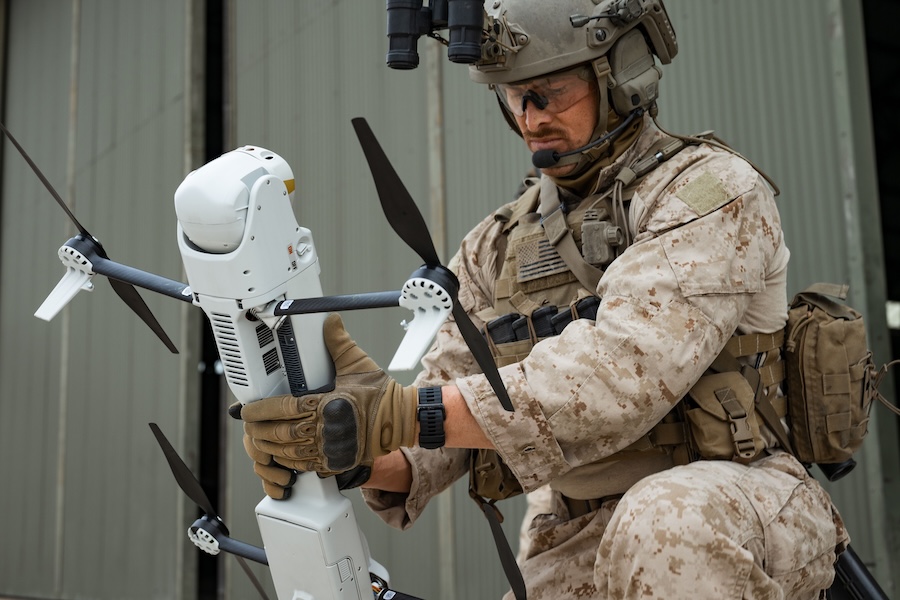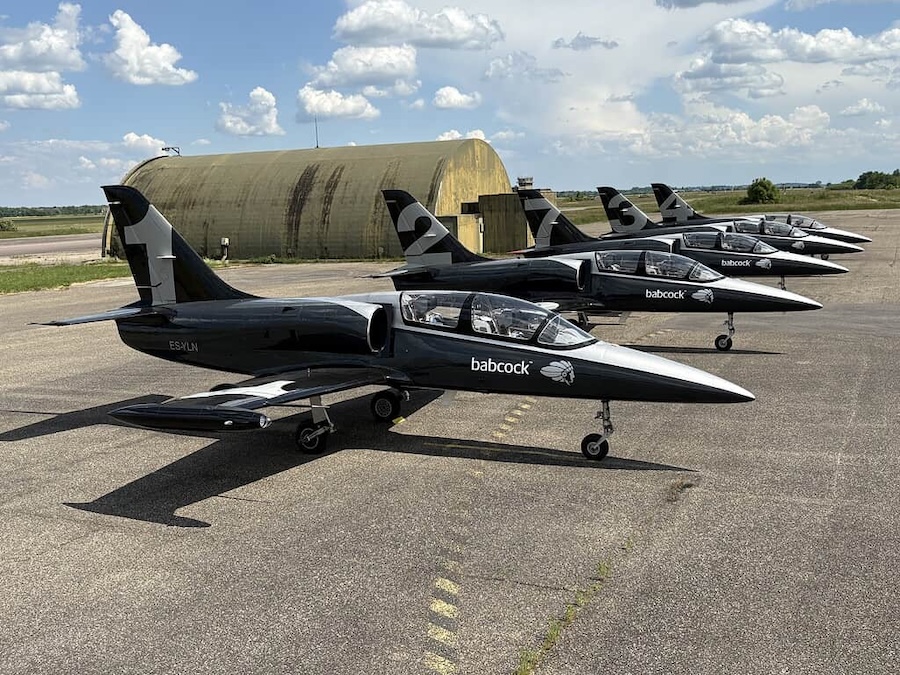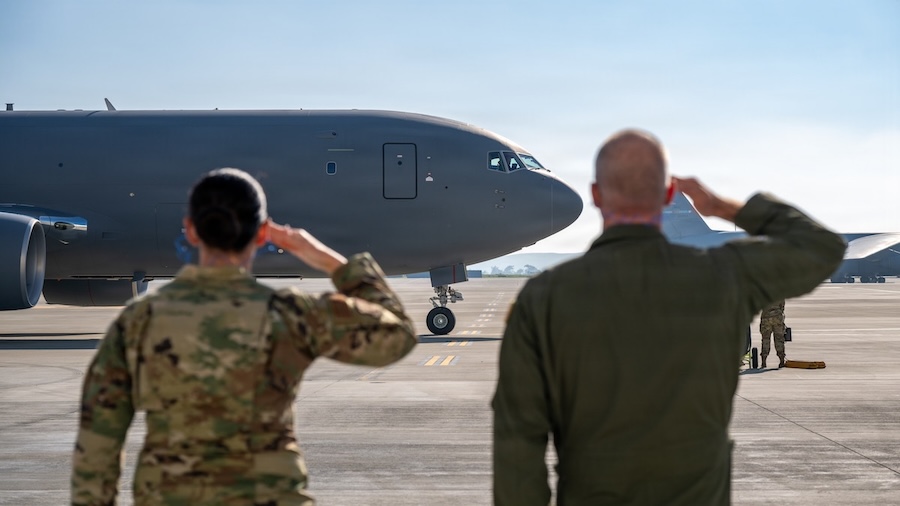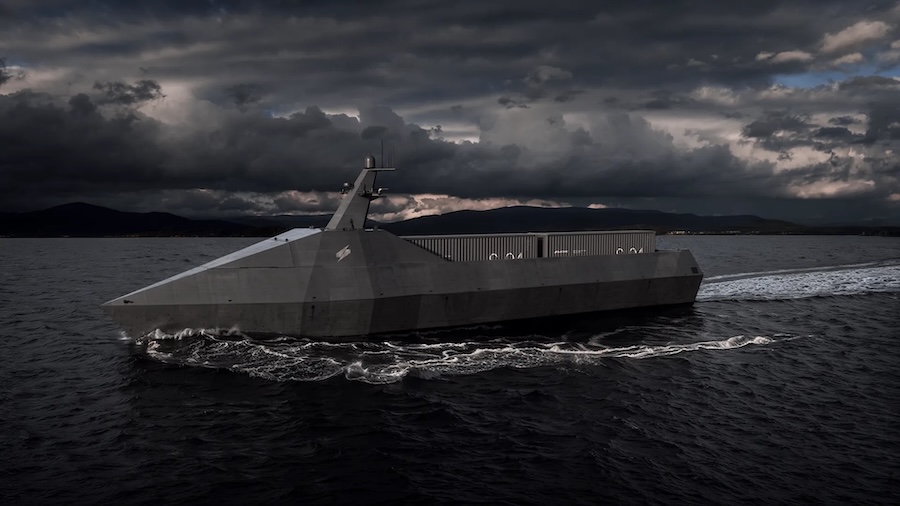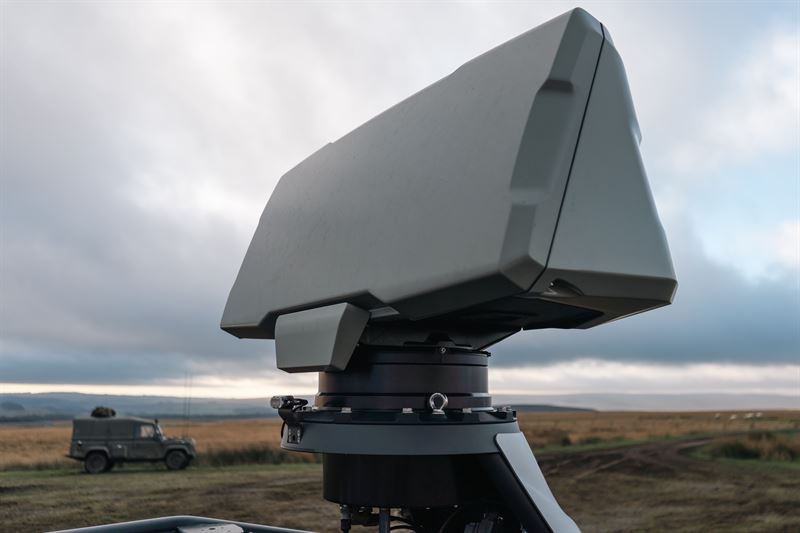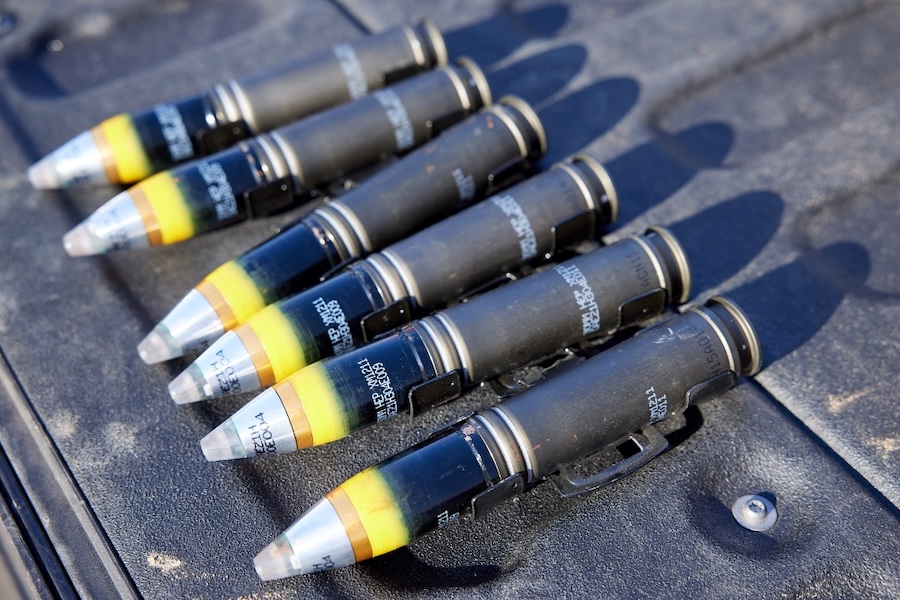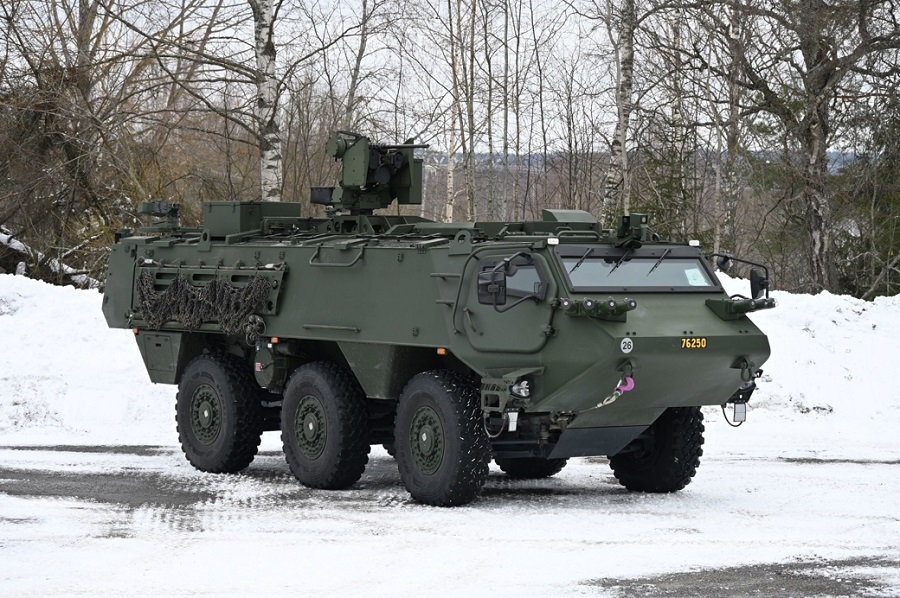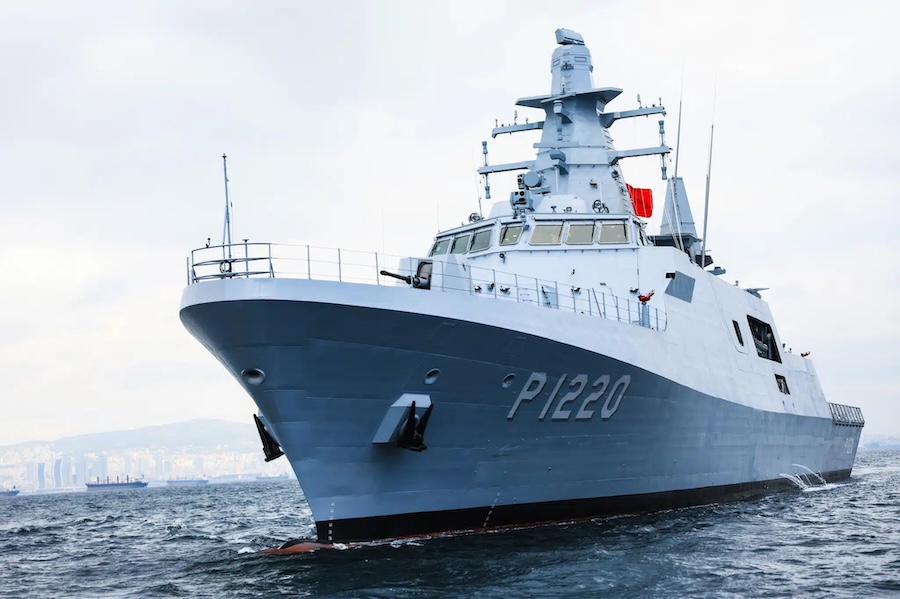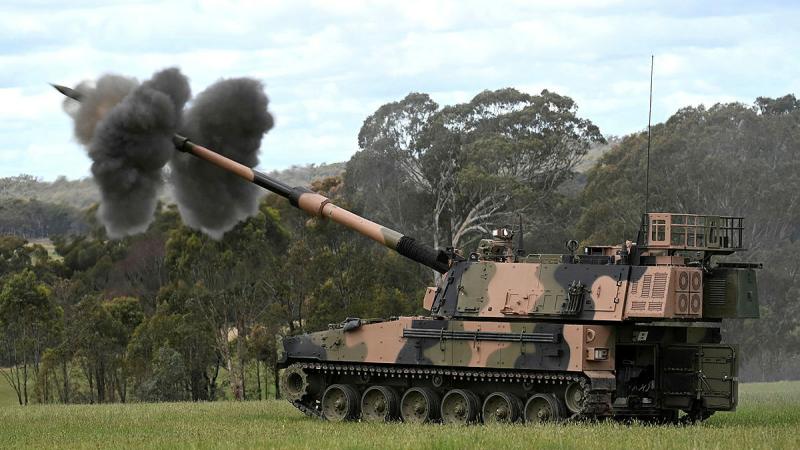NASA test pilot Nils Larson and the X-59 team, composed of NASA and Lockheed Martin personnel, successfully completed the test as part of the aircraft’s final series of ground checks. “These taxi tests are an important step toward first flight,” said Larson.
During the test, engineers and flight crews monitored the aircraft’s movement across the runway to validate essential systems such as steering and braking. These checks are designed to confirm the aircraft’s stability and control in preparation for future high-speed operations.
Over the coming weeks, the X-59 will gradually increase its taxiing speed, culminating in a high-speed test that will bring it just below take-off velocity. This phase is critical for ensuring that all onboard systems operate reliably under progressively demanding conditions.
The X-59 is the focal point of NASA’s Quesst mission, which seeks to prove that supersonic flight can be achieved without producing the disruptive sonic boom. Instead, the aircraft is engineered to generate a quieter “thump,” enabling the possibility of overland supersonic travel.
Data gathered from the X-59 will be shared with U.S. and international regulators. The aim is to support the development of new noise standards that could eventually allow commercial supersonic flights over land.





